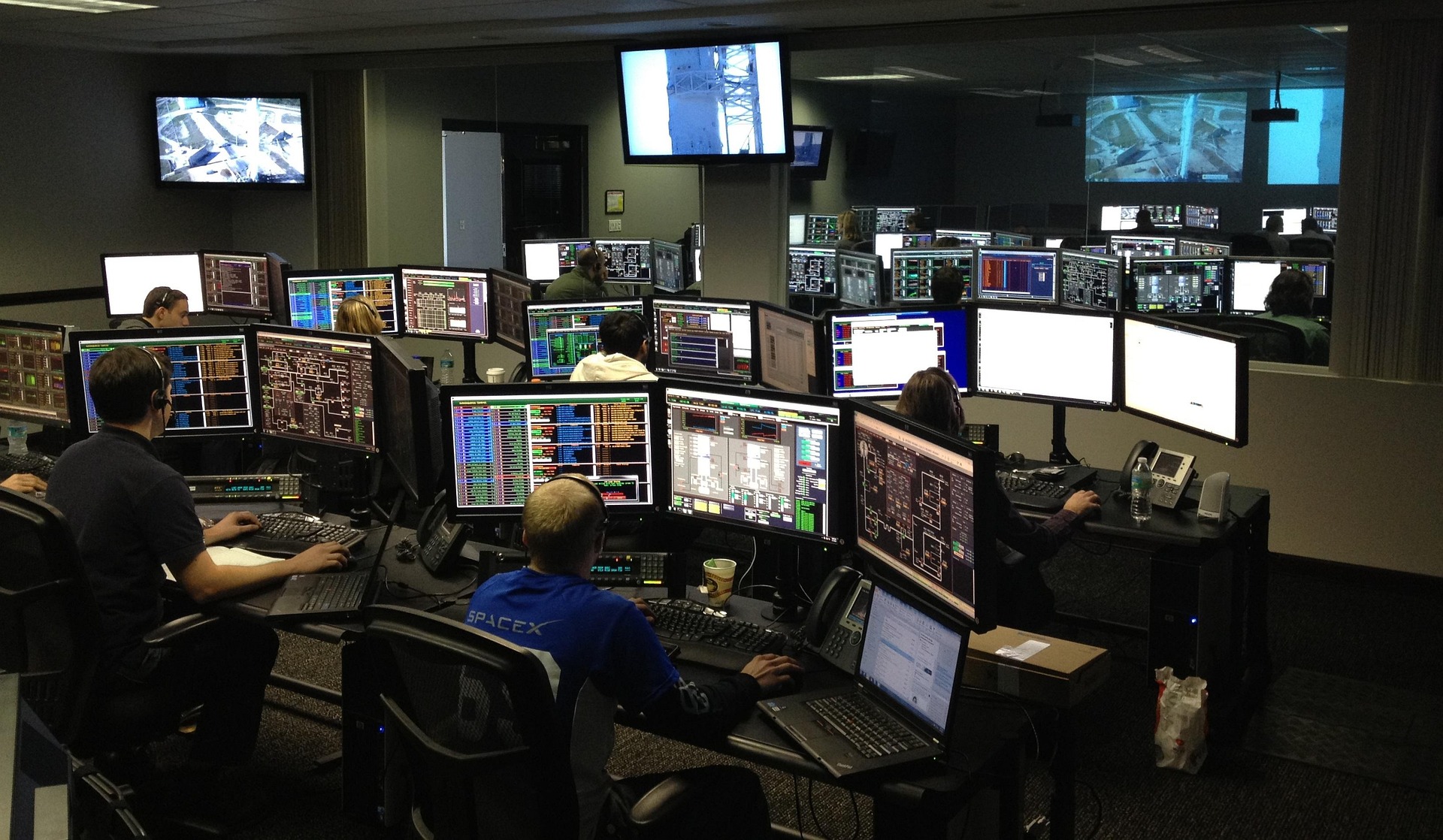The integration of technology into risk monitoring processes is reshaping how organizations manage risks across various sectors. With the emergence of advanced tools and methodologies, understanding and mitigating risks has become more efficient and accurate.
The sheer volume and complexity of potential risks faced by businesses today demand innovative solutions. Adopting technology augments decision-making and enhances preparedness against uncertain events.

Understanding Risk Monitoring
Risk monitoring refers to the continuous process of identifying, assessing, and managing risks to benefit organizations. This process is crucial for maintaining stability and resilience against potential threats. The traditional methods often relied on subjective assessments and retrospective analyses, leading to gaps in timely decision-making. With the advancement of technology, real-time data analysis and predictive modeling have emerged as key components in modern risk monitoring.
For businesses, these tools provide a comprehensive overview of potential hazards and vulnerabilities. Continuous monitoring allows organizations to respond to risks promptly, shifting from a reactive stance to a proactive approach. With real-time risk monitoring solutions, businesses gain a significant advantage by being able to foresee and address potential challenges competitively. Implementing automated alert systems ensures that emerging threats are detected without delay. Integrating risk monitoring into strategic planning helps align risk management with long-term goals.
Cross-departmental collaboration can enhance the accuracy and relevance of risk assessments. Regularly reviewing and updating monitoring protocols ensures they remain effective against evolving threats. Robust risk monitoring strengthens organizational resilience and supports sustained growth.
Technological Advances in Risk Management
Recent technological innovations are fundamentally changing how risks are perceived and managed. One significant breakthrough is the use of artificial intelligence (AI) and machine learning. These technologies enable organizations to analyze vast amounts of data quickly, identifying patterns and anomalies that might be missed by human analysts.
Businesses can harness AI to develop predictive models that evaluate the probability of various risks occurring, drawing from historical data and real-time inputs. This transformation has been influenced by IoT devices. Organizations can monitor real-time conditions impacting their operations by gathering data from interconnected devices. Sensors in manufacturing environments can detect equipment malfunctions, which can be addressed promptly to avoid production delays.
Data Analytics and Risk Mitigation
Data analytics plays a pivotal role in modern risk monitoring. Organizations can utilize big data to gain insights into potential threats and vulnerabilities. Analyzing consumer behavior, market trends, and environmental factors can lead to a better understanding of emerging risks. Innovative analytics platforms can offer predictive insights, allowing businesses to understand how changes in the market or their operations may affect their risk exposure.
This level of understanding enables organizations to prioritize risk management efforts effectively, targeting those areas that present the most significant threats. In the financial sector, data analytics can help identify unusual transaction patterns that may indicate fraud. Being able to detect these anomalies early on can prevent substantial financial losses and maintain client trust.
Cybersecurity and Risk Monitoring
With the increasing prevalence of cyber threats, robust cybersecurity practices are integral to risk monitoring. Cyberattacks can result in severe operational disruptions, data breaches, and reputational damage. Technology facilitates the development of sophisticated intrusion detection systems that monitor network traffic in real-time, instantly identifying abnormal activities that could signify a threat.
Organizations are increasingly adopting blockchain technology to enhance their cybersecurity measures. This decentralized approach provides greater data integrity, making it challenging for unauthorized users to alter recorded information. As a result, businesses can strengthen their defenses against cyber threats, mitigating risks more effectively.
The Role of Automation in Risk Monitoring
Automation has become a key ally in risk monitoring for repetitive tasks. Organizations can decrease the chances of human error and allocate resources to more strategic tasks by automating data collection and analysis processes. Automation tools can alert decision-makers to potential risks in real-time, ensuring that appropriate actions can be taken swiftly.
Automated reporting systems help organizations maintain compliance with regulations. These systems provide regular updates on risk assessments, highlighting areas that may need immediate attention. Organizations that comply with regulations protect themselves from legal consequences and bolster their stability.

Real-World Implications of Enhanced Risk Monitoring
As organizations adopt advanced risk monitoring technologies, the implications of these changes can be profound. Companies equipped with state-of-the-art tools can respond to risks more efficiently, ensuring business continuity even during crises.
These organizations enhance their positioning against unexpected challenges by incorporating risk management into their strategic planning. This proactive stance transforms risk management from a mere compliance task into a competitive advantage. Firms that effectively utilize technology in risk monitoring may find themselves better prepared for market shifts, regulatory changes, or potential disruptions.
The emergence of technological advancements in risk monitoring serves as a powerful reminder of how important innovation is to the corporate structure. Organizations that prioritize adapting to new technologies will likely outperform their counterparts in resilience and longevity in the market.









